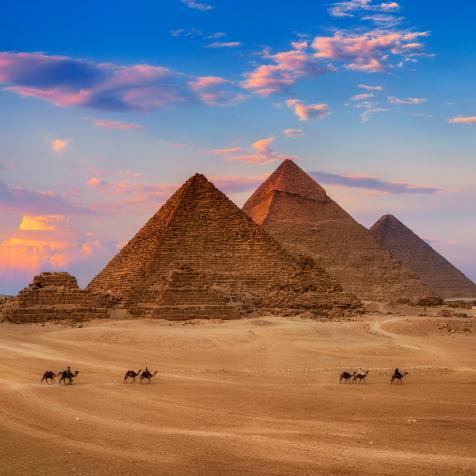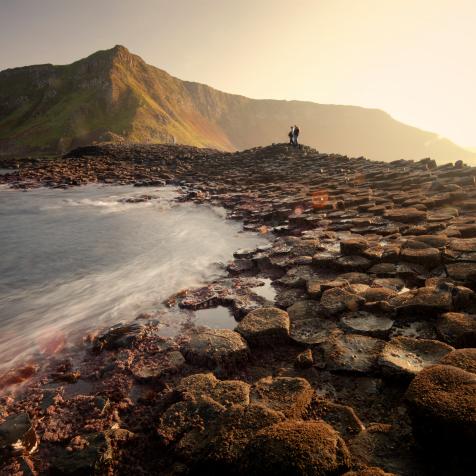
Michael Robinson
A Canadian Teen Once Discovered an Ancient Temple – Using Google Maps
Most teenagers while away hours playing video games, scrolling TikTok, or texting friends. Not William Gadoury, a 14-year-old from Saint-Jean-de-Matha, Quebec. Back in 2016, Gadoury was holed up in his bedroom, plotting ancient Mayan constellations against modern satellite images and coordinates.
William Gadoury been fascinated by the Mayans for most of his childhood, ever since his grandparents bought him books from Mexico about the civilization, and he learned about the Mayan calendar that predicted an apocalypse in 2012. What started as a hobby at age 12 snowballed into serious research, and he theorized that the locations of Mayan cities might correspond to stars in Mayan constellations.

luisrsphoto
Using ancient books, known as the Madrid Codex, Gadoury analyzed 22 Mayan constellation maps and overlaid the positions onto Google Earth images of the Yucatan Peninsula, which to this day is home to large indigenous populations and some of the best-preserved architecture from Mayan culture. He would trace the constellations from Google Earth using transparent sheets, overlaying them onto the position of Maya cities on a paper map. The teen was able to show that 117 Mayan cities matched up with the position of the stars, with the brightest stars representing bigger cities, such as Chichen Itza and Uxmal.

ROBERT MICHAEL
But when Gadoury was working on the 23rd Mayan constellation, he found a discrepancy: three stars, but only two ancient cities on Google Earth. The third star pointed to a location that was on the Mexico-Belize border. However, the area was covered with thick jungle, leaving William stumped.
Luckily, the teen had won a science competition the previous year with the Canadian Space Agency, and he was able to ask the agency for images from their RADARSAT-2 satellite. Lo and behold, there was a square, man-made-looking structure in the dense vegetation. Gadoury then searched the internet for any satellite images from 2005, when a fire had raged across the region, thinning out the vegetation. He found images from NASA, and JAXA (Japan’s Space Agency), and eventually deduced that there was indeed a city there.
Gadoury's findings eventually took him into the jungle in 2022 to search on foot, along with archeologist Francisco Estrada-Bell. The team discovered a farming hamlet deep in the Mexican jungle, which Professor of Archaeology Kathryn Reese-Taylor said hinted at the “backbone” of the Maya’s long-term success, which was down to their ability to cultivate the land and feed large cities. Recent surveys have estimated that the Maya population numbered in the millions, rather than the previously thought thousands.
"What I admired most about William was his curiosity," Reese-Taylor told CBC. "I think that he showed a lot of curiosity as well as imagination. And I think imagination is really important in science, because if you can't imagine it — if you can't think of it — you can't look for it."
As for Gadoury, who’s now 21, he’s already spent half his life studying Mayan constellations and potential coordinates of hidden cities, and he’s only just getting started.


















